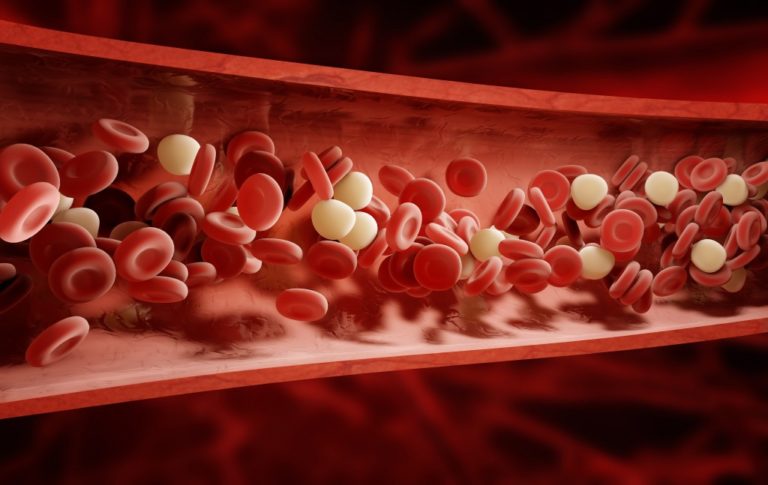Breathing, like digestion, regulating heart rate, and blinking, are a few of the body’s involuntary functions. We don’t give a second thought to these actions like how the installation of a smart thermostat can automatically adjust the central air conditioning in your Salt Lake City home without prompting. It’s easy to forget the life-saving work they do despite the option for voluntary control when needed.
But what if we are given a chance to take a closer look at our bodies and the different cells that make sure we survive and function well? And what if they are characterized into a knife-wielding but empathic soldier, forever lost and determined delivery workers, and adorable construction personnel? Enter Cells at Work!, an anime television series about the 37.2 trillion cells working 24/7 to keep a human alive.
It’s that way, Red Blood Cell!
Biology becomes interesting when masterful storytelling and smart character designs are woven into learning how our anatomy works and fights off viruses and bacteria. Cells at Work! depicts each area of the body as a bustling metropolis populated with people (aka cells) dedicated to fulfilling their job functions.
We follow the adventures of Red Blood Cell (RBC) AE3803, one of the main protagonists, as she tries to find her way through the blood vessels to deliver oxygen, carbon dioxide, and nutrients. Her complete lack of direction gets her into trouble and in the path of world-dominating pathogens, portrayed from gelatinous squishy pollen allergen to full-on kaiju. Thankfully White Blood Cell (WBC) U-1146 never fails to save the day by maniacally killing foreign invaders. His all-white pristine uniform contrasts quite vividly with the bloody aftermath.
RBC AE3803 and WBC U-1146 are just two of the colorful characters you’ll meet in the show. There’s the crowd favorite platelets, imagined as endearing little kindergarteners, who are working on rebuilding damaged tissues while struggling to carry heavy crates down the stairs. Or the training-obsessed killer T-cells that serve as the second wave of attack after the white blood cells. How about the smiling Dendritic Cell and his library of each cell’s childhood memories, serving as great blackmail material? The eccentric personalities and humorous but educational dialogue of every character can guarantee you won’t forget their primary function any time soon.

Don’t pick that scab!
Each episode has the body undergo catastrophic events from an unexpected sinkhole sucking in unlucky nearby workers because of a shallow wound to a long and blazing drought caused by an impending heatstroke. It can get stressful watching the emergency alarms blare for simple afflictions we don’t even bat an eye for. You get to appreciate how much work your cells actually do to maintain a functioning ecosystem without any voluntary input on our part. Simple tasks like drinking anti-allergy medicine and hydrating during summer mean the world for the cells in the body.
In contrast to the healthy body in Cells at Work!, a spin-off series called Code Black explores the dangers of having a body slowed down by unhealthy vices. The shining city is replaced by a dark and gloomy environment with blood vessels crusted with cholesterol. Viruses easily killed by WBC U-1146 look meaner and deadlier in the new body, setting out as a warning for people who don’t take care of their health.
Cells at Work!’s creative characterizations, visually stunning art, and instructive messages make this series a must-watch especially for those taking their healthy for granted. The show’s perfect combination of entertainment and education will have you regret not listening during biology classes.




